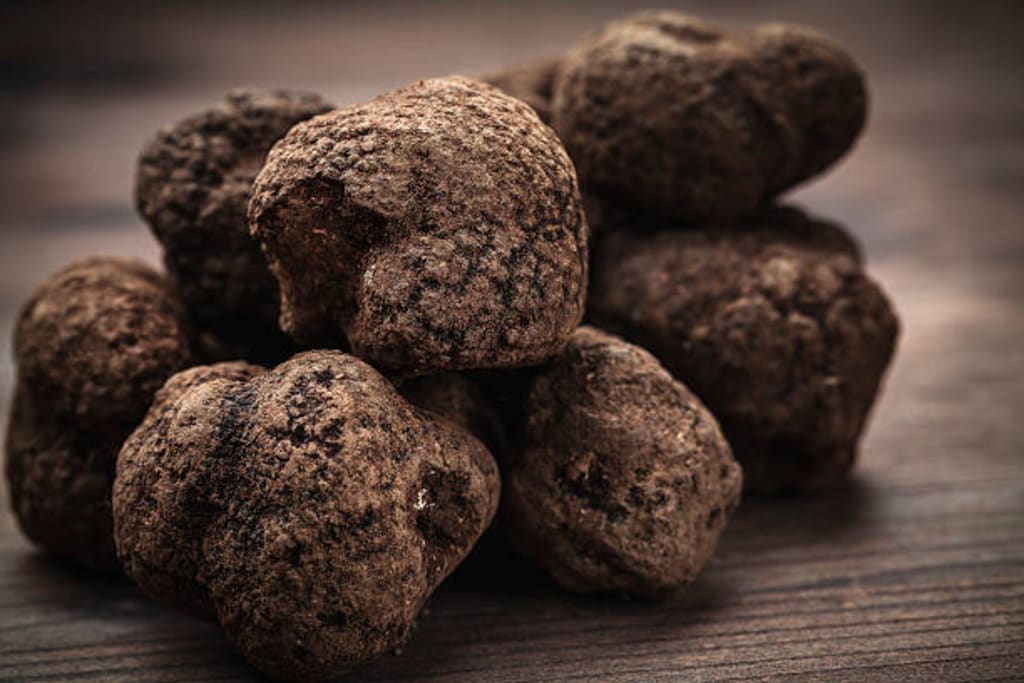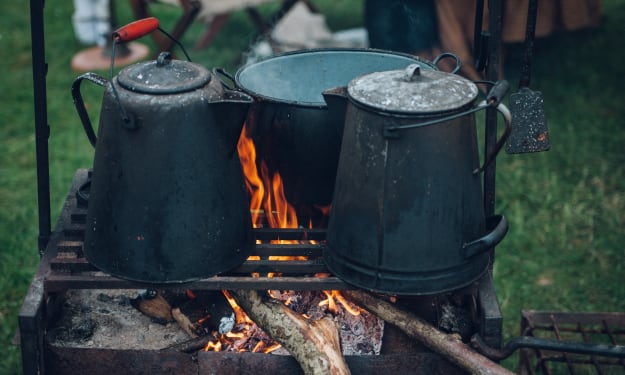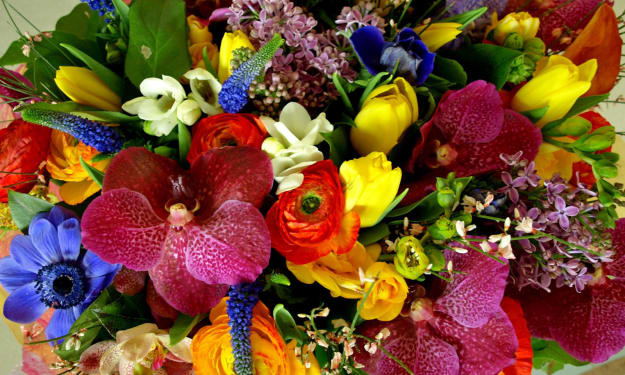The Enigmatic World of Truffles: Luxury, Flavor, and the Hunt for Perfection
Unveiling the Secrets Behind Truffles: From Earth's Hidden Gems to Gastronomic Delights

Truffles, often referred to as the luxury cousins of mushrooms, have long held a place of distinction in the world of culinary indulgence. These aromatic fungi, celebrated for their unique and intense flavor, have garnered devotees across the globe. Yet, with all their culinary allure, truffles come at a substantial cost, with some specimens commanding staggering prices. In 2014, the world bore witness to the arrival of the largest white truffle ever discovered, weighing nearly 2 kilograms, which made its way to New York under the vigilant watch of a security guard and eventually sold at auction for a jaw-dropping $61,000. This behemoth truffle, hailing from the truffle-rich soils of Italy, left many wondering: what is it that makes truffles so extravagantly expensive?
The Diverse World of Truffles
Truffles are a diverse lot, with at least 40 known species. However, not all of these species are edible, and the truffle family continues to reveal its secrets, with new species being discovered as recently as 2018. While you may have encountered truffle-infused products in supermarkets or on the menus of upscale restaurants, it's essential to note that the unique truffle flavor you recognize may not always be authentic. Cheap truffle oil, for instance, is often bereft of any genuine truffle essence and instead relies on 2,4-dithiapentane, a synthetic compound containing one of the primary aromatic components found in foot odor, ironically contributing to what some describe as the "earthy" taste.
The Rarity and Transience of Real Truffles
Authentic truffles are not only seasonal but also notoriously costly, owing to their short shelf life. Originally sought out with the aid of truffle-hunting pigs, these fungal treasures presented a unique challenge: while pigs were adept at locating truffles, their penchant for consuming them made dogs a more practical choice for truffle hunting.
Truffles are distributed worldwide, but their cultivation requires highly specific environmental conditions. Each truffle variety may have somewhat different requirements, but one constant remains: truffles depend on the presence of trees. James Feaver, a truffle expert, explains that truffles are always found in association with particular types of trees. Below the surface, the truffle serves as the fruiting body, akin to an apple, while an intricate network of mycelium, microscopic threads that can extend up to 100 meters in just a teaspoon of soil, attaches to the tree roots. This mycelium acts as an extension of the tree's reach, facilitating the exchange of water, nutrients, and sugars, all crucial for the development of the truffles.
The Challenge of Truffle Hunting
Even when the right conditions are in place, truffles remain elusive. Truffle hunting is a labor-intensive process that involves locating and extracting each truffle by hand. This endeavor can prove tricky, as truffles often conceal themselves beneath the earth. The art of truffle hunting involves more than mere digging; it calls for the keen olfactory senses of trained dogs to pinpoint the truffles' location.
After the painstaking effort of truffle hunting, success is highly rewarding. A well-found truffle can make all the labor worthwhile, and the harvest may yield truffles weighing as much as 70 to 80 grams.
The Ephemeral Delicacy
Truffles maintain a short season, often appearing for only a few months each year. Even when one successfully acquires these prized fungi, they bear a brief shelf life. Once removed from the ground, truffles begin to deteriorate, with their pungent aroma halving in intensity after just five days.
The Challenges of Truffle Farming
As truffles have risen to prominence, so has truffle farming, with 70% of the world's truffles now cultivated. However, establishing a successful truffle orchard is far from straightforward. Trees must be planted in soil with the right conditions, inoculated with truffle fungus, and frequently irrigated. It can take up to six years before a substantial truffle harvest is realized, and there is no guarantee that the fungi will grow at all. Despite the challenges, dedicated truffle enthusiasts continue to invest in this time-intensive pursuit.
The Unique Flavor of Truffles
Truffles tantalize the palate with their unique flavor profile. Tasters have described it as nutty, earthy, and subtly fragrant. While the smell of truffles can be quite strong and even reminiscent of damp socks, their flavor is surprisingly nuanced and often described as meaty.
The Threats to Truffle Production
Today, truffle production faces a series of challenges, including the loss of woodland and the effects of climate change. France, once a bastion of truffle production, has witnessed a significant decline, with annual truffle yields plummeting from over 1,000 tonnes to a mere 30 tonnes since the 19th century. The specter of climate change looms, potentially jeopardizing the future of truffle cultivation as traditional growing areas shift northward. Rainfall remains crucial to truffle growth, and in the face of drier summers, the future of this coveted delicacy hangs in the balance.
In Pursuit of Truffle Excellence
In the world of truffles, where luxury meets gastronomic delight, the pursuit of perfection is unwavering. Whether foraging in the wild or cultivating truffles with painstaking care, enthusiasts and connoisseurs alike continue to cherish these remarkable fungi for their unparalleled flavor and enduring allure.
About the Creator
Enjoyed the story? Support the Creator.
Subscribe for free to receive all their stories in your feed. You could also pledge your support or give them a one-off tip, letting them know you appreciate their work.






Comments
There are no comments for this story
Be the first to respond and start the conversation.